Podcast: Play in new window | Download
Note: CLICK HERE for more episodes of the Airplane Owner Maintenance Podcast.
Classic Aviation needs one or two more experienced A&P / IA’s!
If you know of any good possibilities, contact our manager, Yev Bondarev:
540-234-0226 or classicaviationshd@gmail.com
Classic Aviation is a great place to get a well-rounded general aviation maintenance experience.
Website: https://www.classicaviationshd.com/
Now for today’s episode:
Today is actually March 2, 2019, but I recorded the audio for this episode the day after my birthday, February 21, 2019. So I reflected back over my time at Classic Aviation and talked about some of my experiences there, and about the changes of ownership and management that have happened over the years.
In my time at Classic, there have been three different owners:
Richard Kiser (the founder of the business.) 1993-2010.
Kyle London 2011-2018.
Rick Kelley 2018- present time.
Listen to today’s episode to hear about some of my experiences over the years. I cover a wide range of stuff in this episode, including people I’ve appreciated and learned from, various airplanes we’ve worked on, and some people I’ve learned about more recently. Some of these are:
Jason Catanzariti: I found Jason online when I was looking for information about the concept of “Transfer of Learning.” He wrote an article called, “How Juggling, Bulldozer Driving & Savvy Instructors Can Build Flight Skills.” What an amazing article… well worth your time to read! The article is about the fascinating reality that our past experience affects new learning. Here’s a great example: Jason says, “I’ve observed that bulldozer operators have no problems learning to taxi because they are already accustomed to steering with their feet.” We need more flight instructors like Jason – the kind who are not just interested in “checking all the boxes of required training,” but instead, are interested in higher levels of training where a passion for aviation is ignited that goes far beyond the status quo. Well done Jason, and thanks for writing that article!
And just now, I found another article Jason wrote about learning to fly. It’s called “Instructor Report – Is Flying Hard?” Another great article!
You can check out Jason at JasonCFI.com
Chris Palmer: Chris has a podcast called “Angle of Attack.” Chris says “There are pilots. Then there are aviators.” Chris is all about training “aviators” – pilots who have a passion for aviation that goes far beyond the standard requirements. Check out Chris’ podcast and training opportunities here:
For the podcast: https://www.aviatortraining.com/category/aviatorcast-podcast/
For aviation training opportunities: https://www.aviatortraining.com/
I find it totally fascinating that Chris lives in Homer, Alaska! This is by far one of the most beautiful places I’ve ever visited!
John and Leslie Caubble: I’ve mentioned these great people before, and I want to recommend their new podcast “Fly Maui.” Recently, they had Chris Palmer on the show as a guest, and it was an EXCELLENT episode. (Fly Maui episode 18 from February 11, 2019.) Check it out here: https://www.flymauihi.com/blog/chrispalmer
Rick Kelley: Now I’m coming back around to the new owner of Classic Aviation, Rick Kelley. I’ve really enjoyed getting to know Rick. He loves aviation of all types. In fact, that’s why he bought Classic Aviation. Rick is also on the board of “Sheltering Arms,” an organization that is building a rehabilitation hospital in the Richmond, Virginia area. Rick has his own fascinating story of recovering from a stroke 6 years ago, and he is super excited about the new opportunity for this new hospital that will serve the eastern United States.
Yev Bondarev: I want to end this episode with a reminder to give Yev a call or send an email if you know of any good A&P / IA’s who would like to work at Classic Aviation. We have a good opportunity to add one or two more right now. Yev is the manager at Classic, and he would love to talk with you!
540-234-0226
classicaviationshd@gmail.com
Contact Yev today!
The post “My Story With Classic Aviation” appeared first on Dean Showalter’s website, AirplaneOwnerMaintenance.com
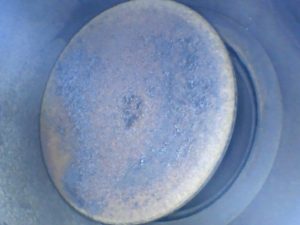
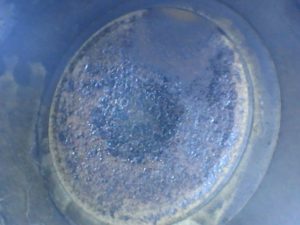
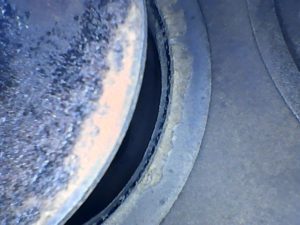
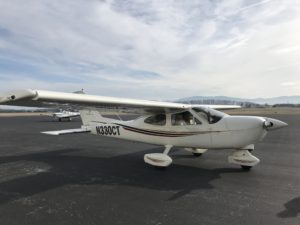
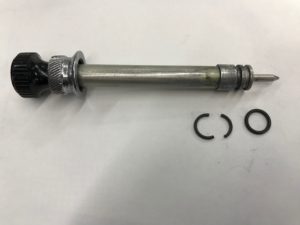
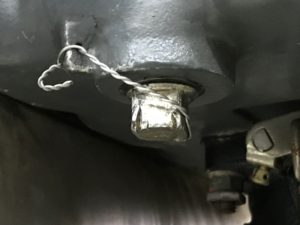
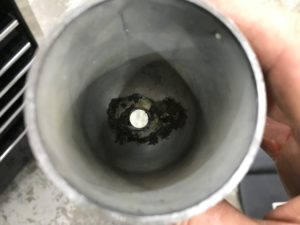
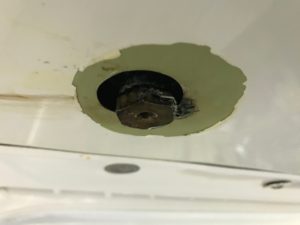
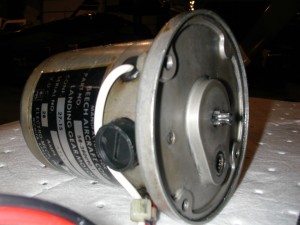
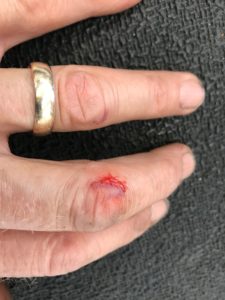
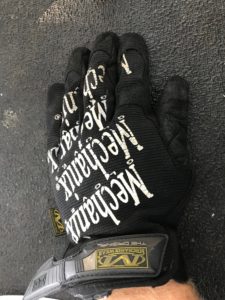
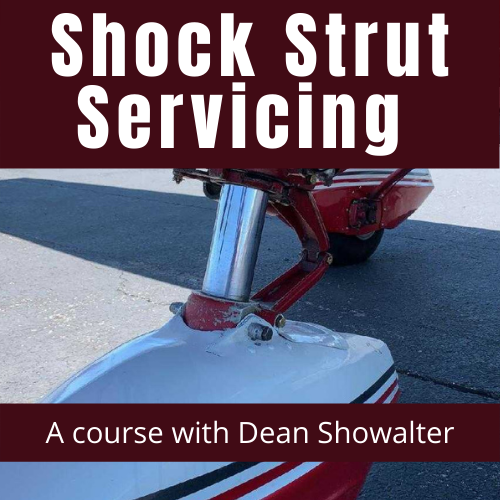
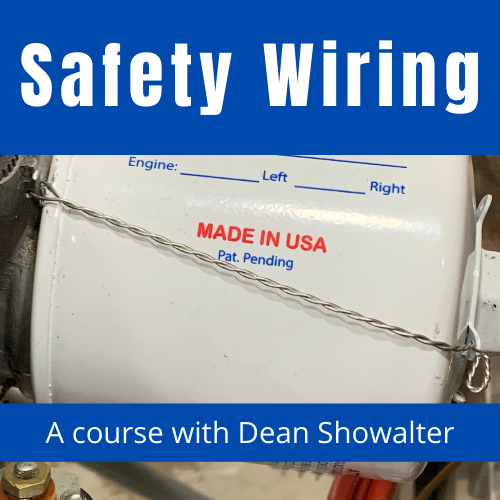
Recent Comments